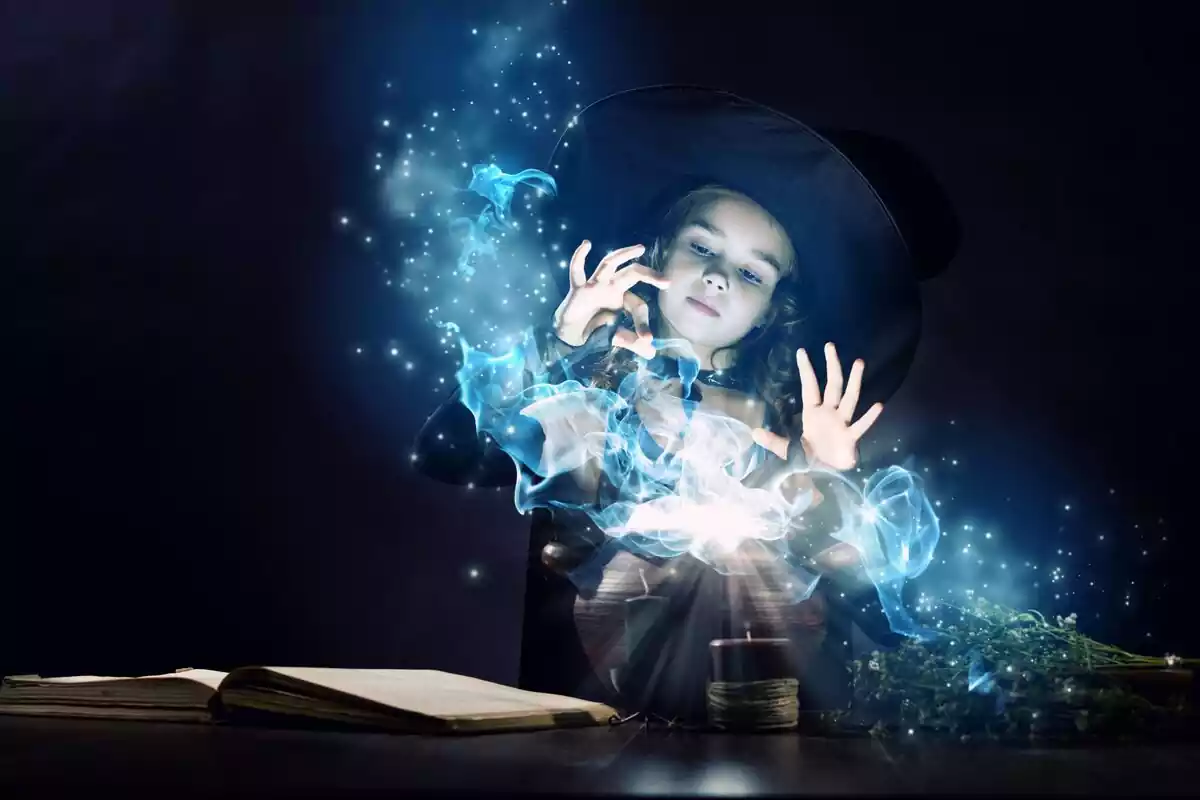The Elizabethan era in England, early 1500s to middle 1600s, is popularly referred to as an era of enlightenment and scientific advancement. During this period, the printing machine was invented and therefore, knowledge spread like never before. It was also at this time that there was a massive occurrence of plagues that threatened to wipe out the existence of man from the surface of the earth.
This era is also known as the eraof the bubonic plague, referred to then as the Black Death pestilence or the great mortality, where almost a quarter of Europe and Asia’s population was wiped out by the plagues.
The distinction between good and bad witches
At about this time, incidents of witchcraft influence and manifestations were rampant. So, whenever things went wrong, people decided they had to just look for an outlet. That outlet, unfortunately, was the witches. But prior to all these, witchcraft in the Elizabethan age was a well acknowledged religion. There were two groups of witches: The good, also known as the white witches, and the bad witches also referred to as the black witches.
These white witches were capable of healing people of their ailments through the use of herbs. This knowledge was thus passed down from one generation to the next so that the knowledge still remained among the family of the witches. The black witches were generally seen as those who used their knowledge to inflict harm on people, animals, and properties.
At that time, people accused of being witches were usually, the unprotected, dirty and filthy women, the poor women and finally, the widows. Some were even outrightly accused of killing their husbands. Witchcraft was looked on favorably in England until the Elizabethan age. During her era, Queen Elizabeth I passed a law known as the 1562 Elizabethan Witchcraft act which, though was stricter in its measures, did not outrightly dissuade the performing of sorcery.
Witches who were found guilty of murdering other people were hanged instead of burnt like their colleagues in the Spanish and French countries. Because the act passed by Queen Elizabeth did not include sorcery as heresy, it had nothing to do with religion.

But as the witch hunts began in many parts of Europe during the renaissance era, the distinction between black and white withes disappeared totally. Women with knowledge of herbs became referred to as evil, too. So, all witches were seen as just witches.
Out of the total number of trials which were carried out in Chelmsford, Essex in 1580 and above, thirteen percent were witchcraft trials. In total, sixty-four people –mostly women– were accused of witchcraft, with only thirteen acquitted and proven innocent. The remaining fifty-three were found guilty on charges of using their powers to afflict people with pain and the spread of heresy.
One of the first witches who were convicted, Elizabeth Frances, was known to have pleaded guilty to the offense that she gave a cat which was called Sathan to the duo of mother and daughter, Agnes and Joan Waterhouse.
The mother Agnes was executed by hanging, while the daughter was acquitted of all charges. The witch, Elizabeth Frances, was given a sentence of one year in prison. Other witches that were accused were Joan Prentice, Alice Chaundler, Joan Cunny, Ellen Smythe and Joan Upney.

